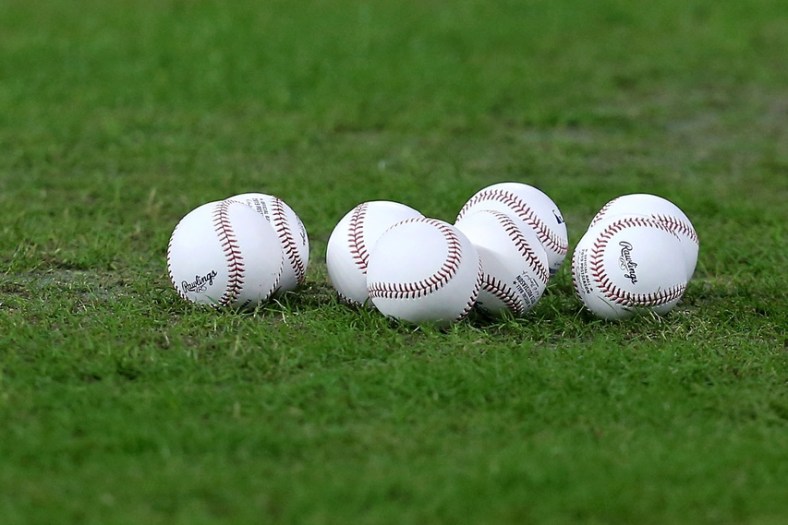
Coming off a 2019 season that saw baseball hit a single-season home run record in early September, MLB reportedly determined that its baseballs used during the season were not juiced.
According to ESPN’s Jeff Passan, the league tasked a committee of professors to determine what caused the massive spike in home runs during the 2019 season. According to the report, the study cited inconsistent seam height resulting in less air resistance on the baseballs and “changes in player behavior.”
Specifically, per the report, MLB’s study cited that the league’s 11% spike in home runs from 2017, the previous record year, is the result in players putting more emphasis on launch angle and exit velocity.
The controversy over juiced baseballs quickly gained steam during the season, even at the Triple-A level. After MLB agreed to allow the Triple-A level to use MLB balls, the league saw a record spike in home runs, including the San Diego Padres’ Triple-A affiliate breaking their own record in July.
Fans and analysts weren’t the only ones believing the baseball was juiced. 2019 Cy Young Award recipient Justin Verlander blasted MLB for it twice. Even Los Angeles Dodgers manager Dave Roberts attributed the spike in home runs to juiced baseballs, along with MLB Players’ Association executive director Tony Clark suggested it.
When MLB brought in new baseballs for the postseason, there was suddenly a drop in home runs with some, including the St. Louis Cardinals, suggesting the league “unjuiced” the baseballs.
While MLB will stand behind its study, there will likely be plenty of skeptics of the report. Hitters are going to keep working to improve their launch angles and how hard they hit the baseball, so fans and pitchers will just have to hope the seams are at the correct height on baseballs in 2020.